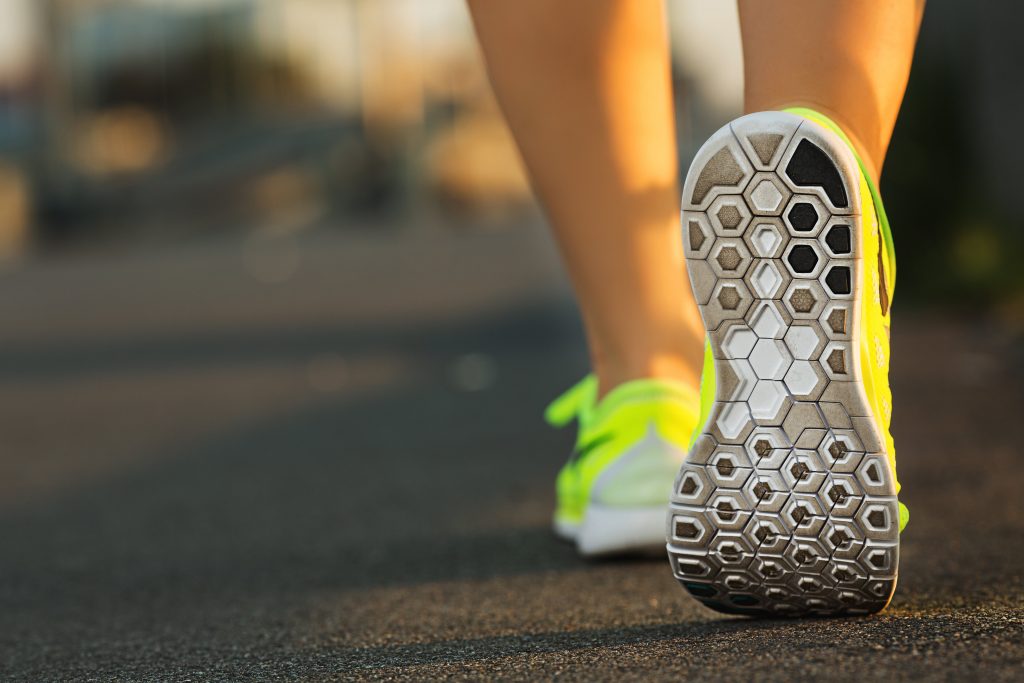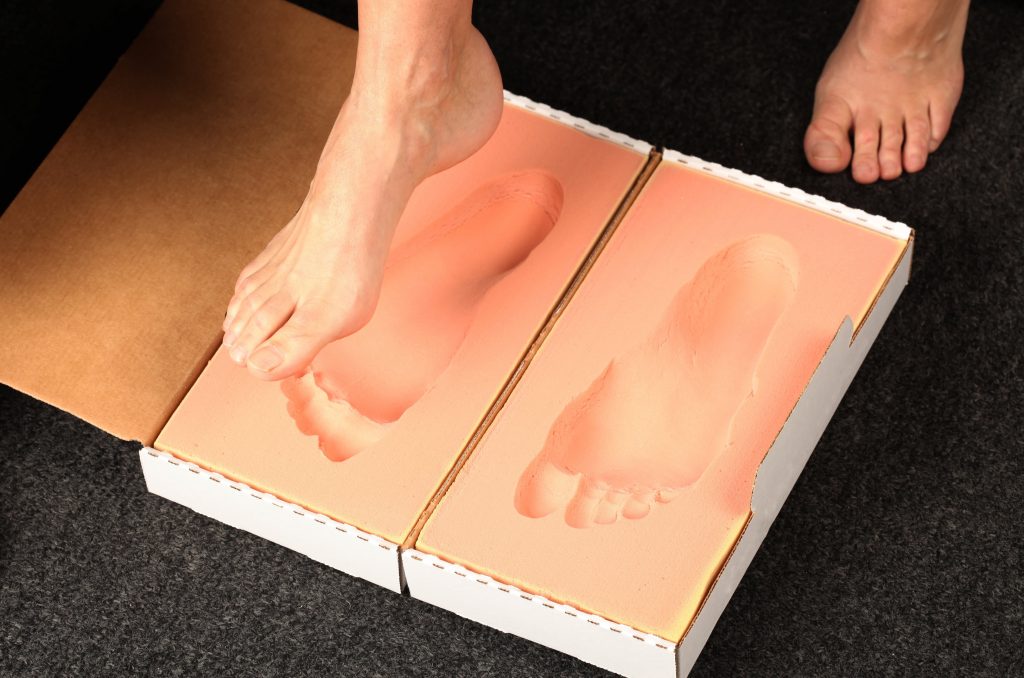Our medical review team will ensure the following criteria is met:
1. Is it original writing? Does the article contain significant portions of plagiarized materials?
2. Are the main concepts well and clearly defined?
3. Are the articles central tenets backed by adequate evidence?
4. Are there any gaps or inconsistencies?
5. Is the writing clear and easy to understand?
6. Does it advance knowledge?[/mpc_icon_column]
This foot pain identifier information is important. People rarely acknowledge how important their feet are to their everyday life. Well, that is until they experience foot pain themselves! Just think about it, you use your feet to:
- Stand
- Pivot
- Jump
- Turn
- Step
- Dance
- Walk
- Run
Even just to keep your balance. But when you experience foot pain, these seemingly simple functions can become quite challenging.
Plantar fasciitis is the most common type of foot pain. The plantar fascia is a layer of connective tissue on the bottom or sole of the foot. It provides support to the foot’s arch and plays a major role in the function and mechanics of walking or running.
Foot Pain Identifier – Feel The Burn!
Foot pain can have quite a few causes. However, the most common (as detailed at medicinenet.com) for foot pain are:
- Plantar Fasciitis
- Plantar Warts
- Ingrown Toenails
- Diabetes
- Lupus
- Gout
- Rheumatoid Arthritis
- Bunions
- Bone Spurs
Plantar fasciitis is also the most common cases we see at the clinic. When plantar fascia is relaxed, the toes are pointed down and the foot is in the “plantar flexed” position.
Conversely, the plantar fascia is tight and undergoes tension when the toes and foot are pointed upwards, “dorsi flexed.” When this tension persists, the plantar fascia can become irritated and develop “burning-like” symptoms at the bottom of the foot.
The most specific problem area tends to be close to the heel. The heel bone or calcaneus provides the foundation at the rear of the foot. This is also the origin point of the plantar fascia.
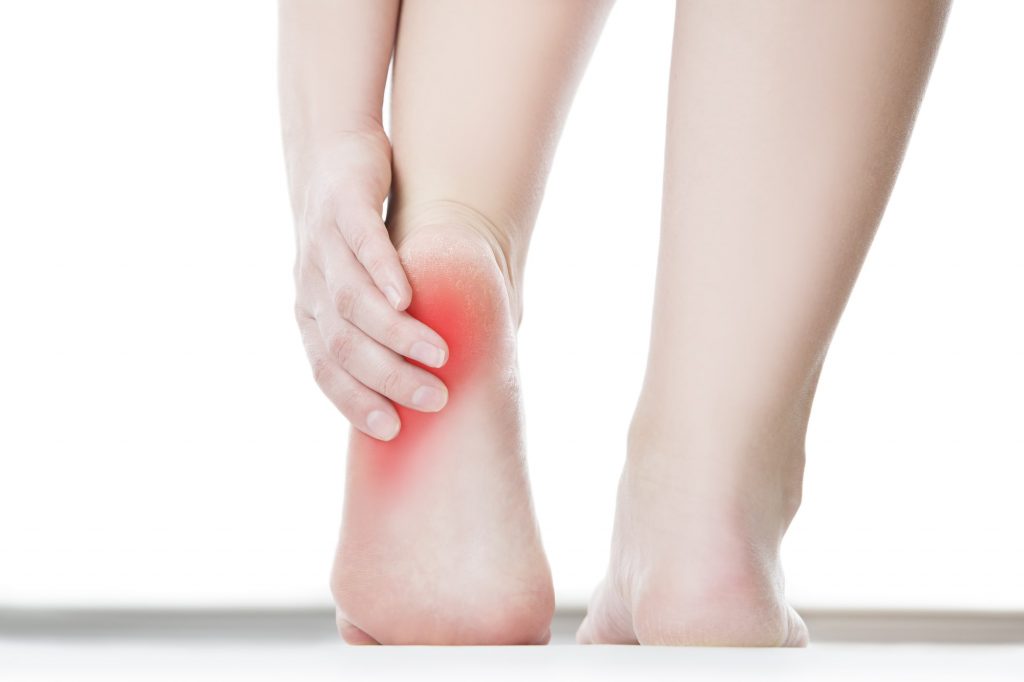
Pain In The Heel
A cardinal symptom of plantar fasciitis is a sharp pain in the heel which is usually experienced when you take your first steps in the morning. Remember, your foot is typically in a restful state (plantar flexion) throughout the night while you sleep. Therefore, when you arise, there is a sudden jolt of tension shot into the plantar fascia as it is quickly stretched. As such, it can make for a very painful start to the day.
In this case, specific stretches can be performed each morning before getting out of bed to help alleviate these symptoms.
Click here to read What You Should NOT Do if You Suffer From Numbness and Tingling.
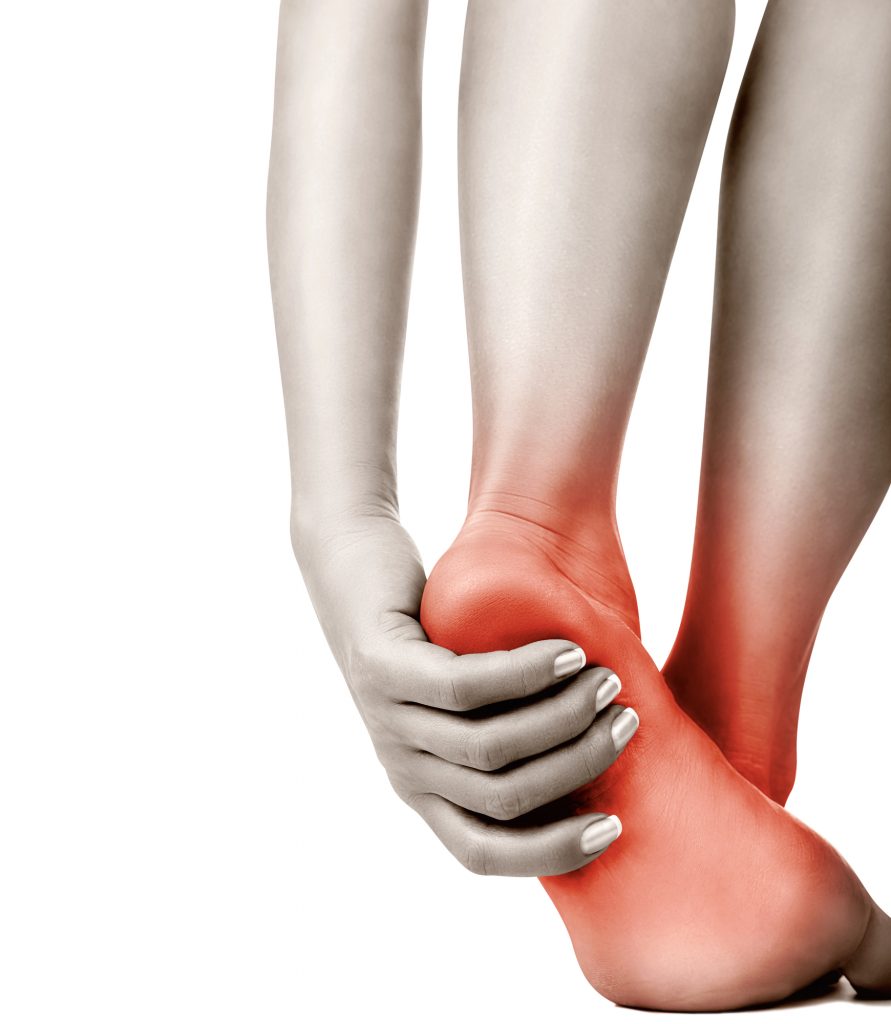
Factors Of Plantar Fasciitis
The name of the diagnosis is kind of a misnomer as any diagnosis that ends with the word “itis” usually indicates the condition involves significant inflammation. However, in actuality, there is research to both support and negate the relationship that inflammation actually has with this condition.
Poor foot position or posture is really the most common factor of this condition. In most cases it is due to being flat footed or over pronation of their foot when walking. Flat footed people are overusing their muscle at the bottom of the plantar fascia. Usually until it becomes irritated, causing plantar fasciitis. Keep in mind, this is something that can happen at any age and is very common.
Plantar fasciitis doesn’t tend to discriminate and is usually associated with poor postural habits and lifestyle. This condition is also common with increased activity and repetitive strain. Transitioning to new footwear can also trigger plantar fasciitis resulting in the soft tissue breaking down. Also, accumulative effects of gravity over time, along with weight gain can also precipitate plantar fasciitis.
Conservative care might include:
- Frequent icing
- Wearing a supportive slipper around the house
- Night brace
- Taping
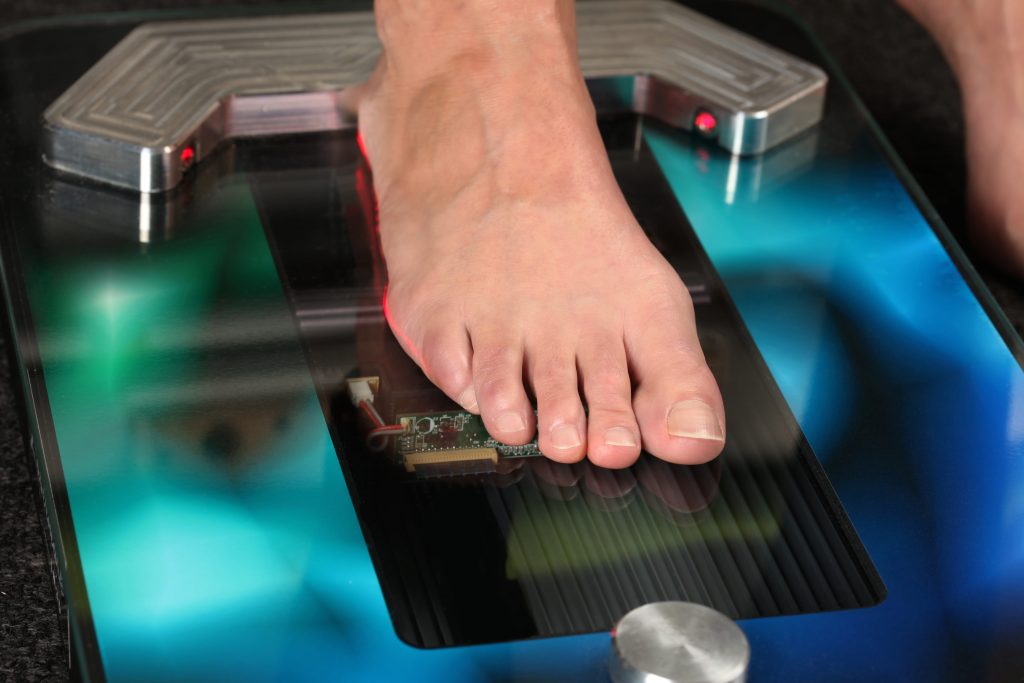
Prevention For Foot Pain
Prevention is best achieved through properly functioning feet. So, supportive footwear is critical. Therefore, I strongly recommend getting a foot scan and examination by an appropriate healthcare provider to determine if custom orthotics are necessary.
Click here to read, How To Choose The Best Running Shoes – Part 1.
Because this condition has become such a buzzword, many people are misdiagnosed by their healthcare providers as other conditions, which cause similar symptoms need to be excluded. These include:
- A stress fracture
- Bursitis
- Neuritis
- Contusion of the calcaneus
- Nerve entrapment
The most important thing here is to find the right healthcare practitioner who will conduct a thorough consultation and examination in order to achieve an accurate diagnosis.
Here’s to you putting your best foot forward.
You’re one step closer!
For additional information and at home stretches click here to read CORRECTIVE EXERCISES FOR RELIEVING FOOT PAIN.
References:
- Plantar Fasciitis – https://www.ncbi.nlm.nih.gov/pmc/articles/PMC1788446/
- Plantar Warts – https://www.ncbi.nlm.nih.gov/pmc/articles/PMC3951039/
- Ingrown Toenails – https://www.ncbi.nlm.nih.gov/m/pubmed/22565427/
Dr. Casey Sinclair, D.C. is a leading holistic healthcare doctor trained in functional medicine. He has extended his reach around the world by co-founding Family Health Advocacy, a health advocacy group lead by doctors and health professionals providing resources and education on global health matters. He has been fortunate to act as health a consultant to some of the largest companies in North America and as a professional speaker he’s had the privilege of speaking to thousands of people. Dr. Casey is an advocate for people suffering with chronic pain and fibromyalgia and has authored a book on the subject.


